Papernest Wasps
- Article
- Papernest Wasps
Papernest Wasps
Scientific Name: Polistes gallicus
How to identify a papernest wasp
Paper wasps have a small head, with medium sized eyes and medium length antennae. The body is slender, with a very narrow waist. There are two pairs of brown-tinted wings, with the first pair larger. The abdomen has some yellow/orange bands, but is mainly black. Recently, the introduced Asian Paper Wasp (Polistes chinensis) has been reported from several inner city suburbs of Sydney. This closely related species is larger than the native Polistes and tends to have more distinctive yellow and brown bands.
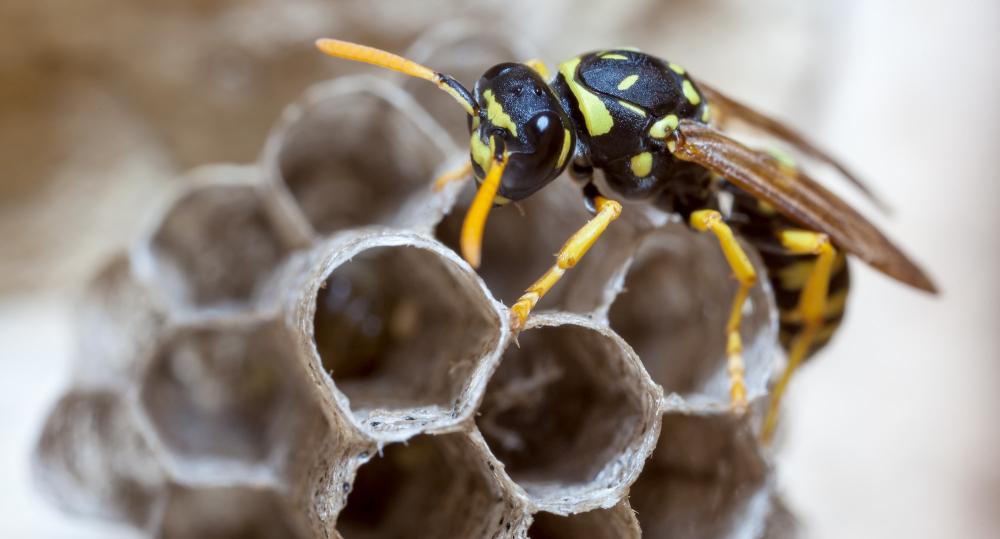
Where are papernest wasps commonly found?
Paper wasps live in urban areas, forests and woodlands, and heath.
Why are papernest wasps considered a pest?
Paper wasps can deliver painful stings, but are not as aggressive as European Wasps. They normally only attack humans if their nest is disturbed. If stings are multiple, a more severe systemic reaction may occur.

What is the biology and lifecycle of a papernest wasp?
Paper wasps form small colonies, and make paper nests under tree branches and the eaves of houses. The nests are shaped like inverted cones, and consist of a cluster of hexagonal cells made from wood fibre mixed with saliva. The wasp larvae are maggot-like and develop inside the papery cells of the nest.
PRODUCT SOLUTIONS
-
 Biflex Mikron Insecticide64g/L Bifenthrin, 53g/L Acetamiprid
Biflex Mikron Insecticide64g/L Bifenthrin, 53g/L AcetamipridBiflex Mikron Insecticide provides lightning fast control and enduring residual protection from the powerful combination of two active ingredients in a cutting-edge microemulsion formulation.
-
 Biflex Aqua Max Insecticide and Termiticide100g/L Bifenthrin
Biflex Aqua Max Insecticide and Termiticide100g/L BifenthrinBiflex AquaMax is the first ever Professional Strength, multi-insecticide and termiticide. Effective on a wide range of common household pests and all termite species in Australia.
-
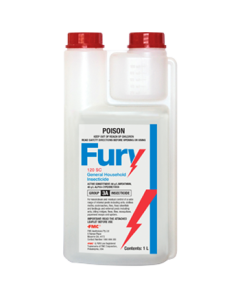 Fury 120 SC Insecticide 1L80g/L Bifenthrin, 40g/L Alpha-Cypermethrin
Fury 120 SC Insecticide 1L80g/L Bifenthrin, 40g/L Alpha-CypermethrinFury 120 SC Insecticide is specifically formulated to create a superior, longer-lasting strength general insecticide that works in two powerful ways to rid your clients of all general household pests.
-
 Biforce 100SC Termiticide and Insecticide100g/L Bifenthrin
Biforce 100SC Termiticide and Insecticide100g/L BifenthrinBiforce 100SC Termiticide & Insecticide is a water-based termiticide for pre and post construction management of termites inside and out and for general perimeter application of most crawling insects.
-
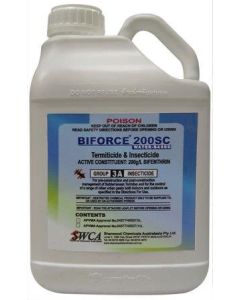 Biforce 200SC Termiticide and Insecticide200g/L Bifenthrin
Biforce 200SC Termiticide and Insecticide200g/L BifenthrinBiforce 200SC Termiticide & Insecticide is a professional strength water-based termiticide for pre and post construction management of termites inside and out.
-
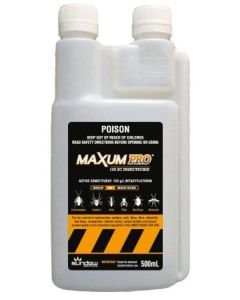 Maxum PRO 125 SC Insecticide 500mL125g/L Beta Cyfluthrin
Maxum PRO 125 SC Insecticide 500mL125g/L Beta CyfluthrinMaxumPRO is a robust, fast-acting, knock-down, broad spectrum insecticide for general insect control in domestic and commercial situations, as well as for the control of pest insects of turf and ornamental plants.
-
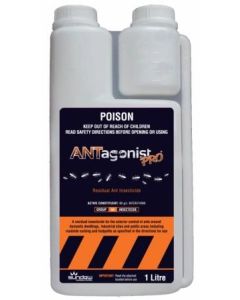 Antagonist Pro Insecticide80g/L Bifenthrin
Antagonist Pro Insecticide80g/L BifenthrinANTagonist PRO insecticide is a suspension concentrate formulation containing a Polymer Enhanced Synthetic Pyrethroid approved for the treatment of ants, spiders, wasps, cockroaches, mosquitoes, midges, fleas, flies, ticks, termites and turf pests including lawn armyworms, sod webworms, argentine stem weevil, billbug, African black beetle, ants and ornamental pest including mites, aphids, caterpillars, loopers, earworm, budworm, light brown apple moth, whitefly, mealybug, thrips and cutworms.
-
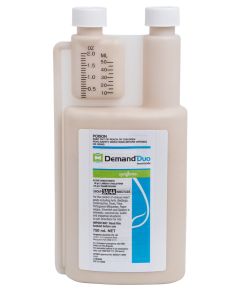 Demand Duo Insecticide 750mL38g/L Lambda-Cyhalothrin, 125g/L Thiamethoxam
Demand Duo Insecticide 750mL38g/L Lambda-Cyhalothrin, 125g/L ThiamethoxamDemand Duo Insecticide is a general pest spray that controls a wide range of pests, simply and effectively. The unique ZC formulation combines a suspension concentrate (SC) of Thiamethoxam and capsule suspension (CS) of Lambda-cyhalothrin. It is registered for the control of pests including ants, bedbugs, cockroaches, fleas, flies, portuguese millipedes, paper wasps, spiders and more.
Out of stock -
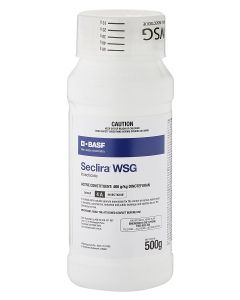 Seclira WSG Insecticide400g/kg Dinotefuran
Seclira WSG Insecticide400g/kg DinotefuranSeclira® WSG insecticide is a non-staining, odourless, broad spectrum, general insect control product for indoor and outdoor use.
-
 Biflex Ultra Lo-Odour 100EC Termiticide & Insecticide100g/L Bifenthrin, 533g/L Liquid Hydrocarbons
Biflex Ultra Lo-Odour 100EC Termiticide & Insecticide100g/L Bifenthrin, 533g/L Liquid HydrocarbonsBiflex Ultra-Lo-Odour Termiticide and Insecticide is a cost-effective, broad spectrum, long residual, liquid insecticide and termiticide for use as an internal and external treatment of a wide range of pests.
-
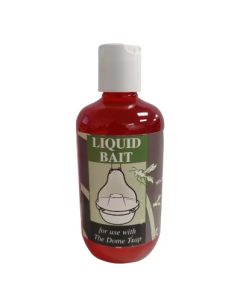 Agrisense Liquid Lure Bait 250mL
Agrisense Liquid Lure Bait 250mLAgrisense Liquid Lure Bait is a non-toxic specially formulated liquid bait that is particularly attractive to European Wasp & some species of Paper Wasps. It is designed for use in a fly and wasp trap.
-
 Tempo Residual Insecticide 1L25 g/L betacyfluthrin
Tempo Residual Insecticide 1L25 g/L betacyfluthrinTempo Residual Insecticide is a fast-acting, knock-down, broad-spectrum insecticide for general insect control in domestic and commercial situations, as well as for the control of pest insects of turf and ornamental plants.
JOIN OUR NEWSLETTER NOW!
Be the first to hear about the latest specials, products, tips and ideas.

